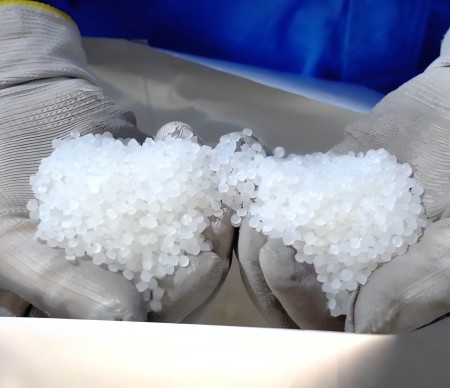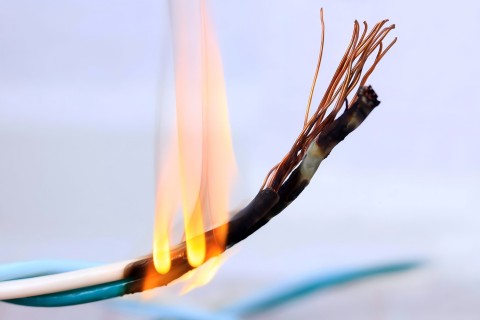In recent years, the demand for low-smoke halogen-free (LSZH) cable materials has surged due to their safety and environmental benefits. One of the key materials used in these cables is crosslinked polyethylene (XLPE).
1. What is Cross-linked Polyethylene (XLPE)?
Cross-linked polyethylene, often abbreviated XLPE, is a polyethylene material that has been modified with the addition of a crosslinker. This cross-linking process enhances the thermal, mechanical and chemical properties of the material, making it ideal for a variety of applications. XLPE is widely used in building service piping systems, hydraulic radiant heating and cooling systems, domestic water piping and high voltage cable insulation.
2. Advantages of XLPE insulation
XLPE insulation offers several advantages over traditional materials such as polyvinyl chloride (PVC).
These advantages include:
Thermal stability: XLPE can withstand high temperatures without deformation and is therefore suitable for high-pressure applications.
Chemical resistance: The crosslinked structure has excellent chemical resistance, ensuring durability in harsh environments.
Mechanical strength: XLPE has excellent mechanical properties, including resistance to wear and stress cracking.
Therefore, XLPE cable materials are often used in electrical internal connections, motor leads, lighting leads, high-voltage wires inside new energy vehicles, low-voltage signal control lines, locomotive wires, subway cables, mining environmental protection cables, Marine cables, nuclear power laying cables, TV high-voltage cables, X-RAY high-voltage cables and power transmission cables.
Polyethylene crosslinking technology
Crosslinking of polyethylene can be achieved by various methods, including radiation, peroxide and silane crosslinking. Each method has its advantages and can be selected according to the specific application requirements. The degree of crosslinking significantly affects the properties of the material. The higher the crosslinking density, the better the thermal and mechanical properties.
3. What are low-smoke halogen-free (LSZH) materials?
Low-smoke halogen-free materials (LSZH) are designed so that cables exposed to fire release the least amount of smoke when burning and do not produce halogen toxic smoke. This makes them more suitable for use in confined Spaces and areas with poor ventilation, such as tunnels, underground railway networks and public buildings. LSZH cables are made of thermoplastic or thermoset compounds and produce very low levels of smoke and toxic fumes, ensuring better visibility and reduced health risks during fires.
4. LSZH cable material application
LSZH cable materials are used in a variety of applications where safety and environmental concerns are critical.
Some key applications include:
Cable materials for public buildings: LSZH cables are commonly used in public buildings such as airports, railway stations and hospitals to ensure safety during fires.
Cables for transport: These cables are used in cars, aircraft, train cars and ships to minimize the risk of toxic fumes in the event of a fire.
Tunnel and underground railway network cables: LSZH cables have low smoke and halogen-free characteristics, making them ideal for use in tunnel and underground railway networks.
Class B1 cables: LSZH materials are used in Class B1 cables, which are designed to meet stringent fire safety standards and are used in tall buildings and other critical infrastructure.
Recent advances in XLPE and LSZH technology focus on improving the material’s performance and expanding its applications. Innovations include the development of high-density cross-linked polyethylene (XLHDPE), which has enhanced heat resistance and durability.
Versatile and durable, cross-linked polyethylene (XLPE) materials and low-smoke zero-halogen (LSZH) cable materials are widely used in various industries due to their excellent thermal, chemical and mechanical properties. Their applications continue to grow with the continuous advancement of technology and the increasing demand for safer and more environmentally friendly materials.
As the demand for reliable and safe cable materials continues to increase, XLPE and LSZH are expected to play a key role in meeting these requirements.
Post time: Sep-24-2024



